Yellowtail
If you do not have passports, the middle banks about 25 to 35 miles out, on the floating kelp patties, is where you will find them.
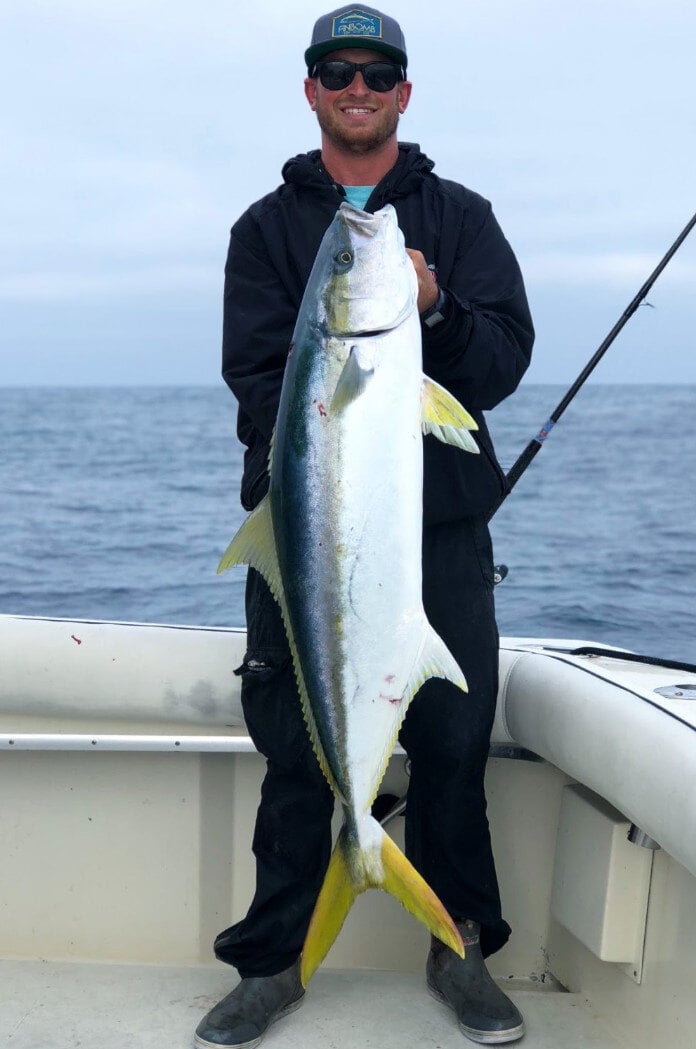
The Fight!
The Thrill of Yellowtail Fishing in San Diego
Every year, from July to October, the waters off San Diego play host to a thrilling migrational visitor: the Yellowtail. Although their arrival can be unpredictable, with surprise appearances throughout the year, our expert captains and crew at San Diego Fishing Co. know just where to find them. These prized fish are a Southern California favorite, and for good reason - their bright yellow fins and metallic blue bodies make them a stunning catch.
Identifying Yellowtail
One of the most distinctive features of the Yellowtail is its vibrant yellow second dorsal fin, anal fin, and finlets, which give it its common name. The main body of the fish is a striking metallic blue, gradually giving way to a silver sheen on the belly. When Yellowtail are present in the waters off San Diego, they can often be found in large schools, feeding on baitfish near the surface.
Surface Fishing for Yellowtail
Live Bait: A Proven Technique
When it comes to targeting Yellowtail in San Diego waters, live bait is the most effective and popular method. These fish have a weakness for live squid, but it's not always easy to come by. Fortunately, alternatives like Anchovy, Sardine, and small Mackerel can be just as enticing, especially when presented with minimal tackle and a light line. To maximize your chances of landing a Yellowtail, use small hooks and a subtle presentation, allowing your live bait to swim naturally and attract the attention of these curious fish.
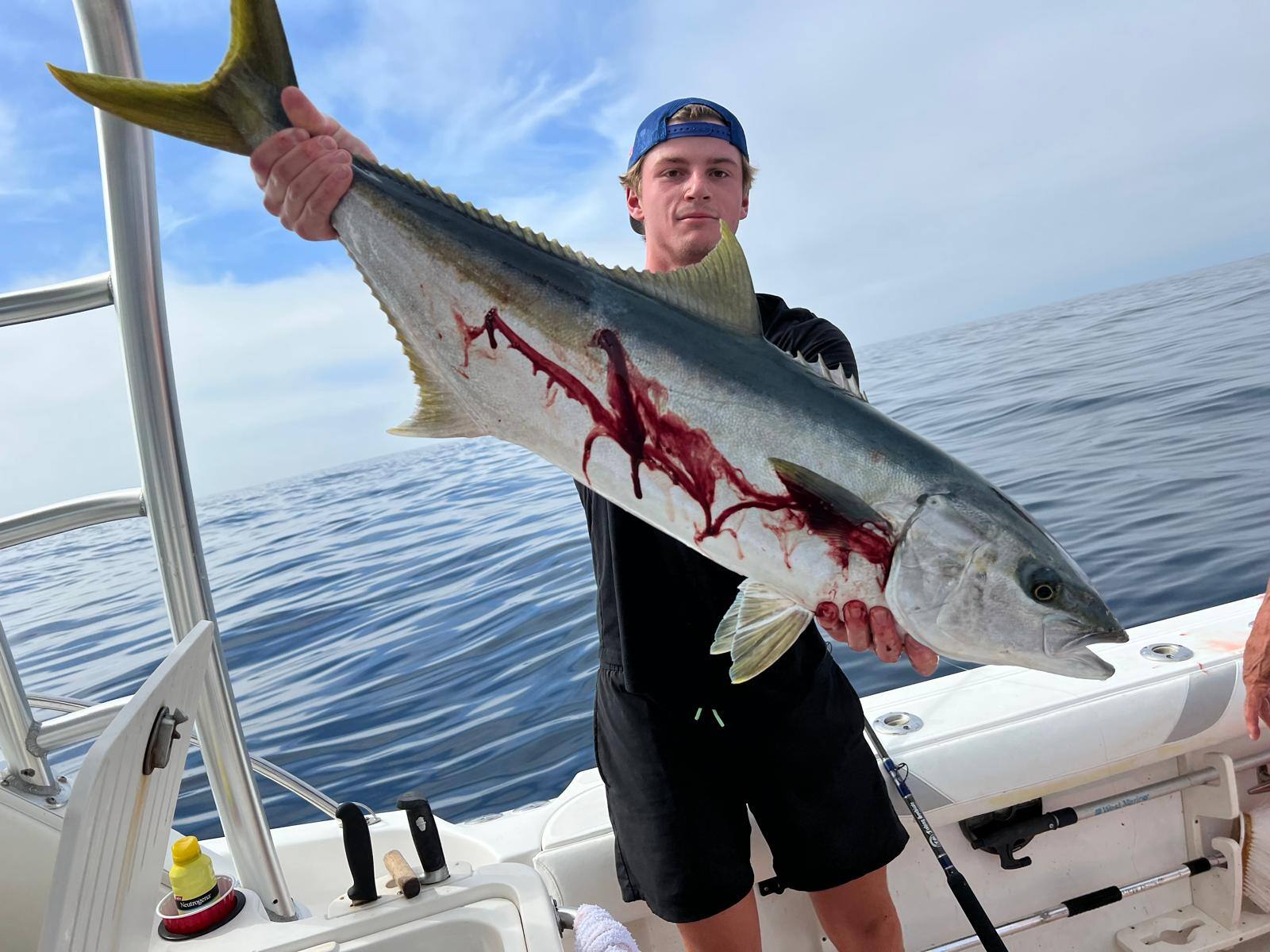
Slow Trolling
Slow trolling is a patient and deliberate approach to targeting migratory species like bluefin tuna. By trolling lures or live bait at a slow pace, anglers can create a presentation that mimics the natural movement and behavior of these species.
Slow trolling requires a good understanding of the local fishing grounds and the behavior of the target species. It also requires patience and persistence, as the payoff can be slow in coming. However, when done correctly, slow trolling can be an extremely effective way to catch trophy-sized fish.
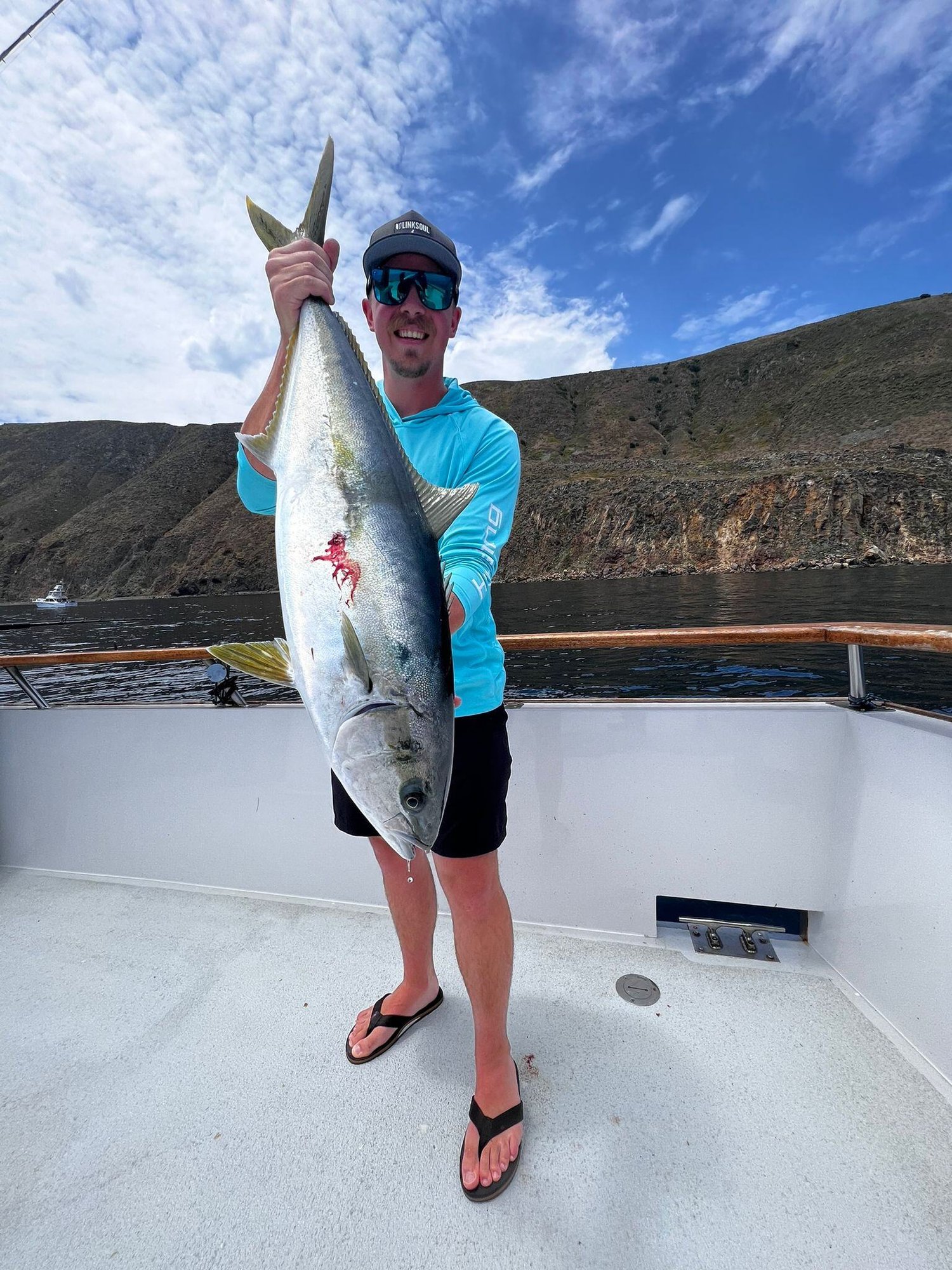
Yo-Yo Ironing
Yo-yo ironing, also known as the flat fall, is a high-energy technique that involves using metal jigs called "iron" to cover water quickly while maintaining contact with bottom structure. This method is ideal for targeting aggressive fish like yellowtail and tuna, which are drawn to the rapid movement and flash of the iron.
By rapidly dropping the iron to the bottom and then retrieving it, anglers can create a reaction strike from these predators.
The flat fall is a versatile technique that can be used in a variety of situations, from targeting specific species to exploring new fishing grounds. By adjusting the weight and size of the iron, anglers can tailor their presentation to the specific fishing conditions and target species.
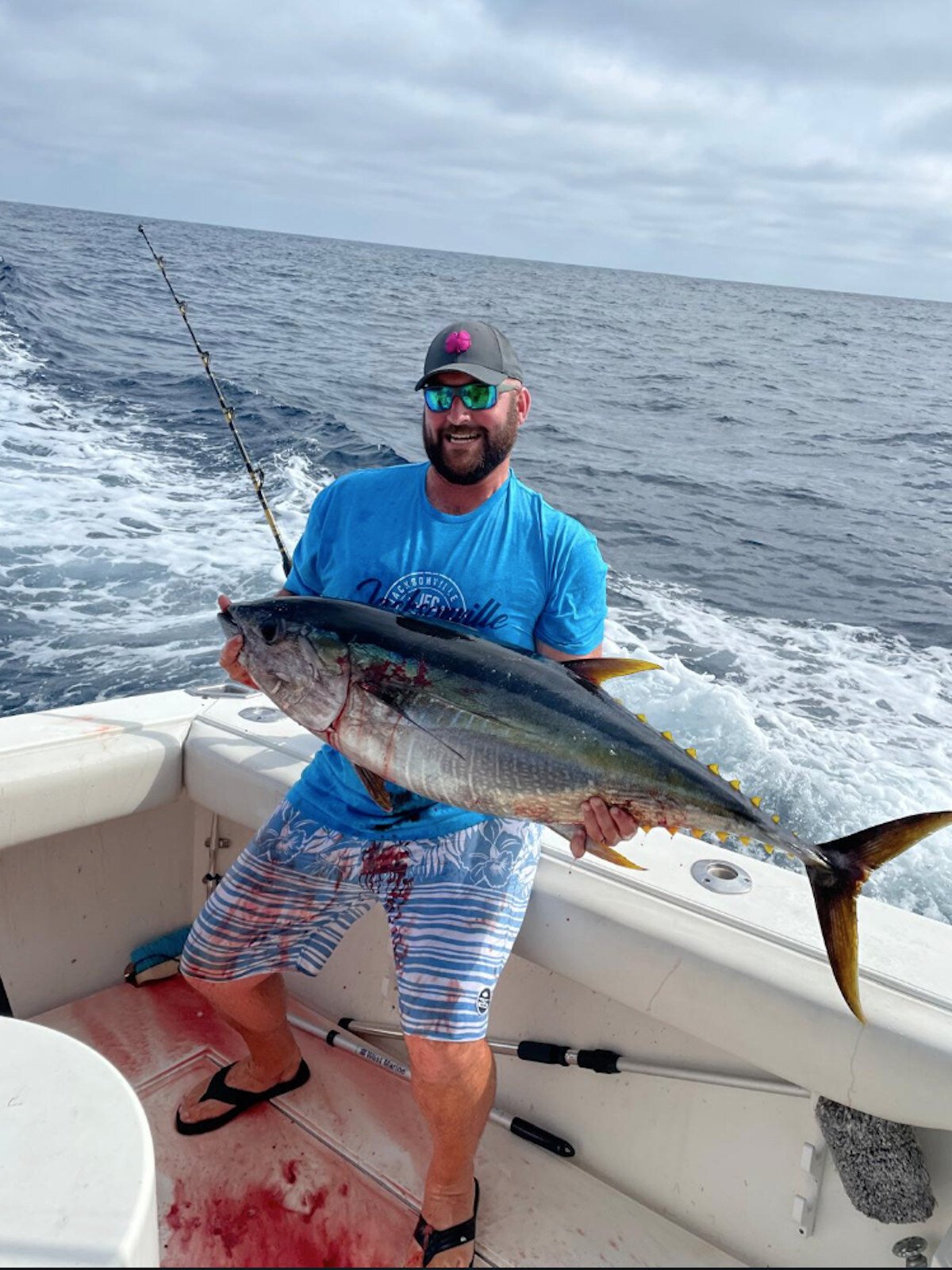
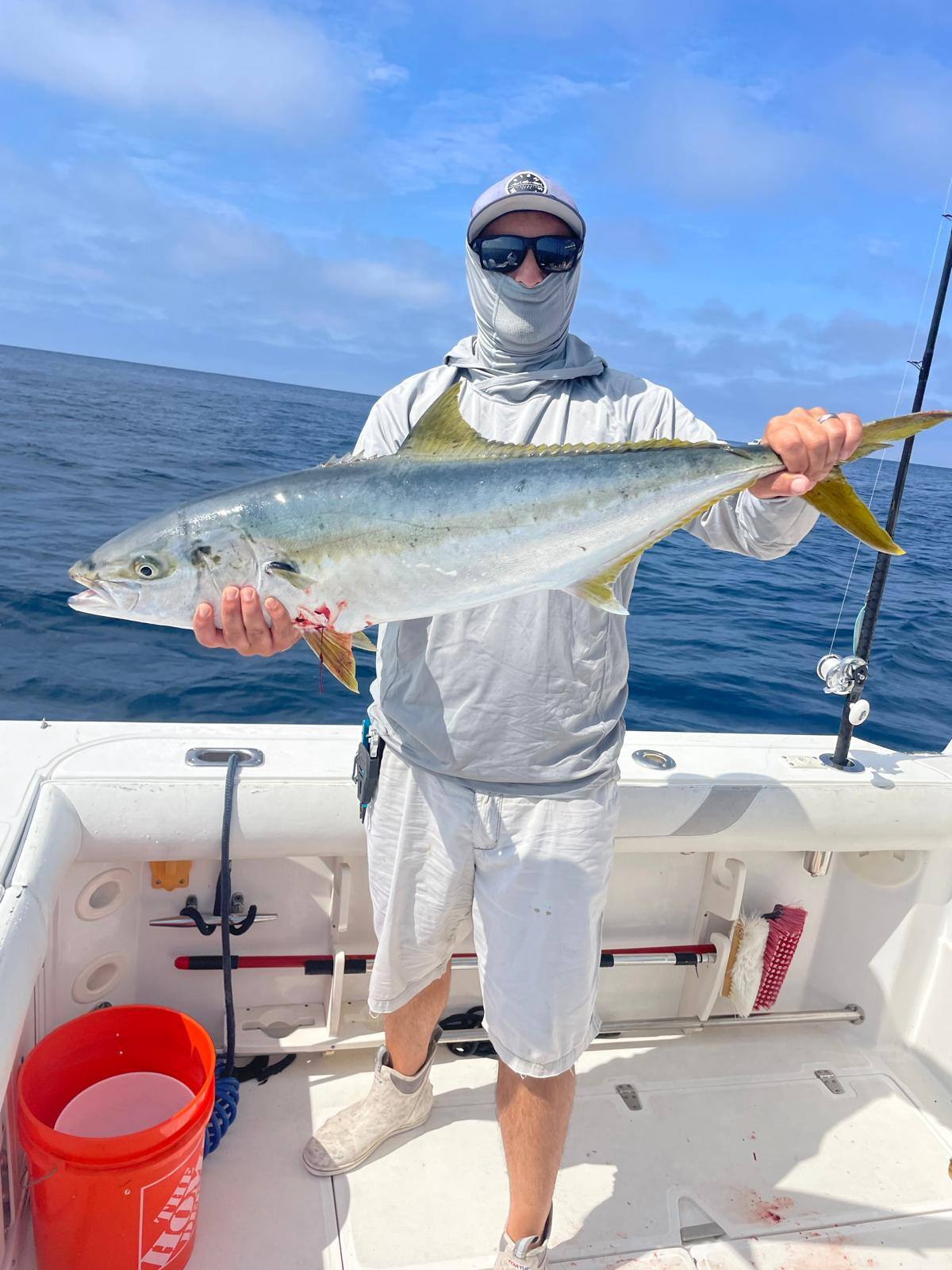
Throwing Iron
Throwing iron is a proactive technique that involves casting metal jigs off the bow of the boat, often at a distance from the target area. This method is designed to attract the first fish and start the frenzy, which can then be followed up with other techniques like live bait or kite fishing.
Throwing iron is a high-energy technique that requires a strong arm and good casting skills. However, when done correctly, it can be an extremely effective way to get the attention of feeding fish and start a bite.
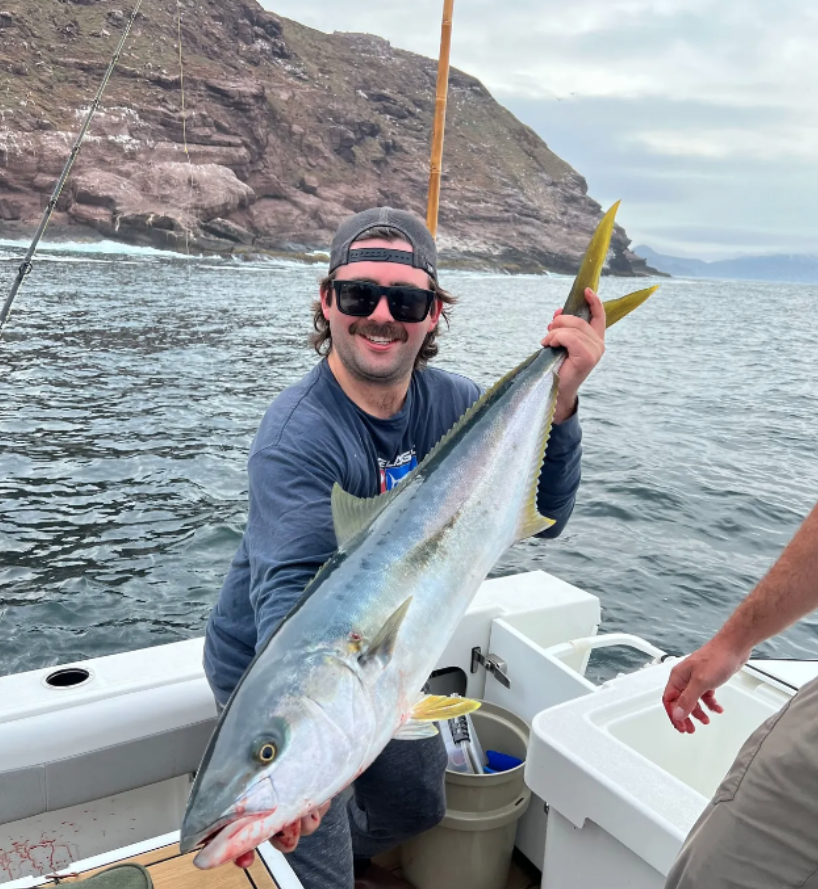
Live Bait
Live bait drift fishing is a natural and effective way to catch large species like yellowtail and dorado. By deploying live baitfish, such as sardines or anchovies, anglers can create a realistic presentation that mimics the natural movement and behavior of these baitfish.
This technique involves drifting over known feeding areas, allowing the live bait to move naturally and trigger bites from predators. Live bait drift fishing is a patient approach that requires a good understanding of the local fishing grounds and the behavior of the target species.
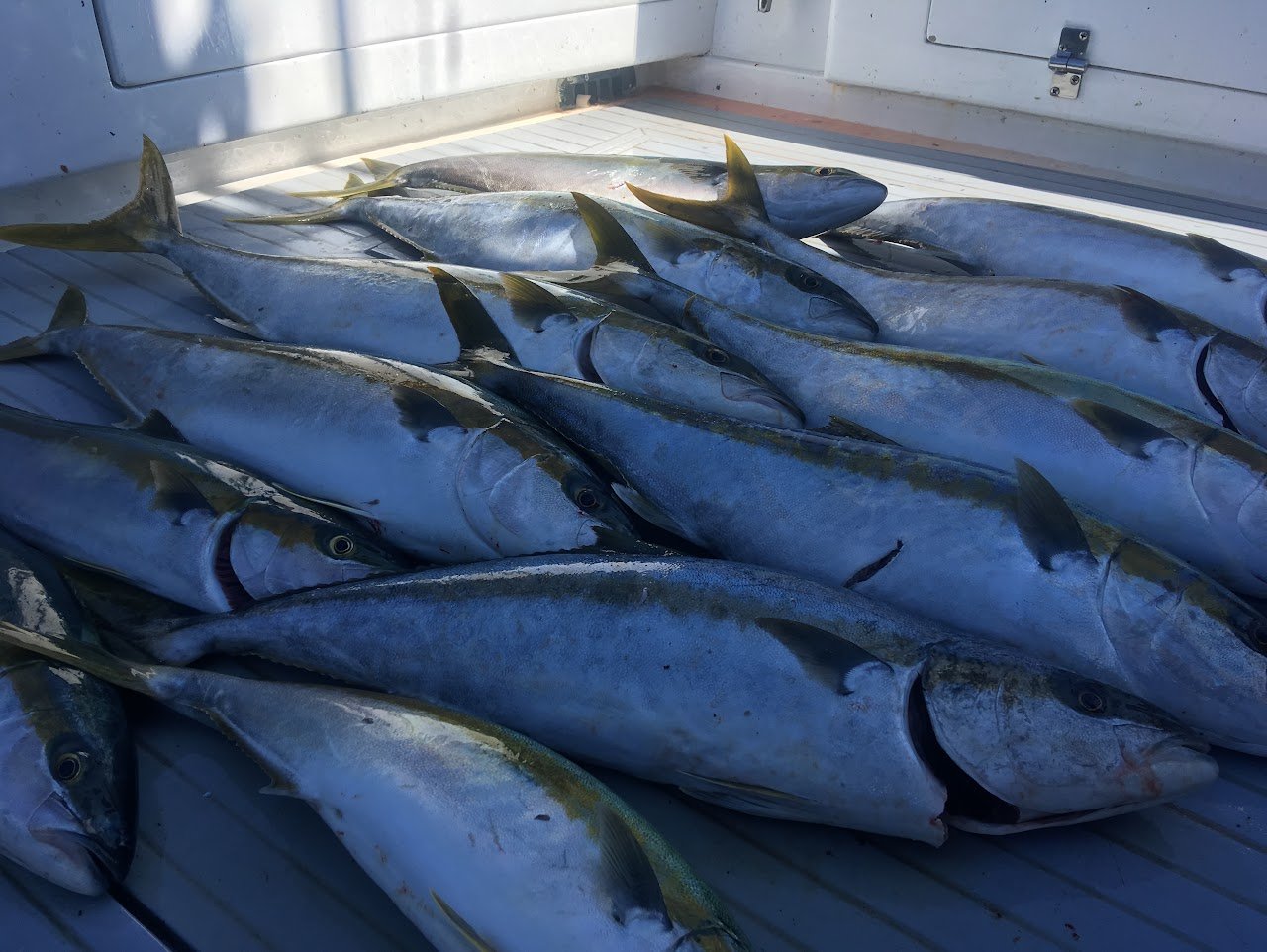
Yellowtail Species in San Diego
There are two main species of yellowtail found in San Diego waters: the California yellowtail (Seriola lalandi) and the Mexican yellowtail (Seriola mazatlana).
California Yellowtail
- Season: May to October, with peak season in June and July
- Migration Pattern: California yellowtail migrate from the warmer waters of Mexico to the cooler waters of San Diego during the summer months. They tend to congregate around kelp beds, reefs, and other structures.
- Fishing Spots: Popular fishing spots for California yellowtail include the kelp beds off La Jolla, Point Loma, and the Coronado Islands.
- Fishing Techniques: California yellowtail can be caught using a variety of techniques, including trolling, casting, and bottom fishing. They are often targeted using lures such as spoons, plugs, and jigs.
- Size: California yellowtail typically range in size from 5 to 20 pounds, with some larger fish reaching up to 30 pounds.
Mexican Yellowtail
- Season: March to November, with peak season in April and May
- Migration Pattern: Mexican yellowtail migrate from the warmer waters of Mexico to the cooler waters of San Diego during the spring and summer months. They tend to congregate around kelp beds, reefs, and other structures.
- Fishing Spots: Popular fishing spots for Mexican yellowtail include the kelp beds off La Jolla, Point Loma, and the Coronado Islands.
- Fishing Techniques: Mexican yellowtail can be caught using a variety of techniques, including trolling, casting, and bottom fishing. They are often targeted using lures such as spoons, plugs, and jigs.
- Size: Mexican yellowtail typically range in size from 5 to 15 pounds, with some larger fish reaching up to 20 pounds.
Other Yellowtail Species
- Yellowtail Jack: This species is found in the warmer waters of San Diego and can be caught year-round. They tend to congregate around kelp beds, reefs, and other structures.
- African Yellowtail: This species is found in the warmer waters of San Diego and can be caught year-round. They tend to congregate around kelp beds, reefs, and other structures.
Fishing Regulations
- Bag Limit: The bag limit for yellowtail in San Diego is 9 fish per day, with a minimum size limit of 12 inches.
- Season: The yellowtail fishing season in San Diego is open year-round, but there may be closures or restrictions in place due to conservation efforts or other factors.
- Gear Restrictions: There are no specific gear restrictions for yellowtail fishing in San Diego, but anglers are encouraged to use catch-and-release fishing practices and to handle the fish gently to minimize injury.
Tips and Techniques
- Trolling: Trolling is a popular technique for catching yellowtail in San Diego. Anglers can use lures such as spoons, plugs, and jigs to target the fish.
- Casting: Casting is another effective technique for catching yellowtail in San Diego. Anglers can use lures such as spoons, plugs, and jigs to target the fish.
- Bottom Fishing: Bottom fishing is a great way to catch yellowtail in San Diego. Anglers can use bait such as squid, anchovies, or sardines to target the fish.
- Kelp Bed Fishing: Kelp beds are a great place to catch yellowtail in San Diego. Anglers can use lures such as spoons, plugs, and jigs to target the fish.
